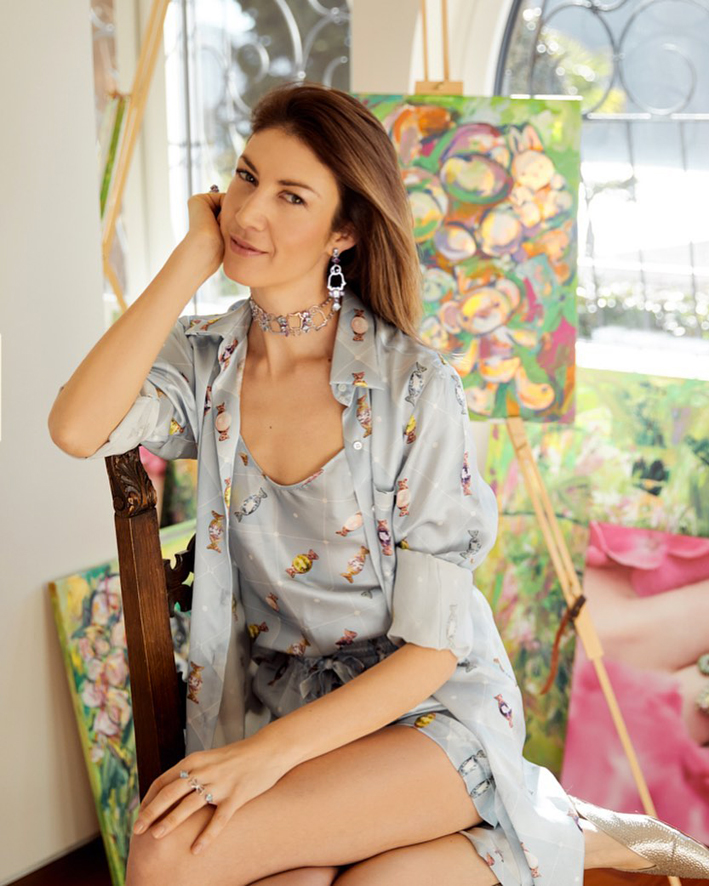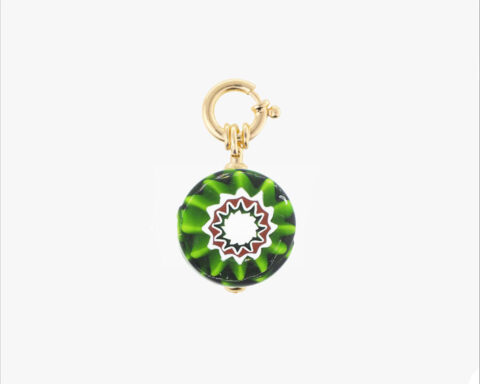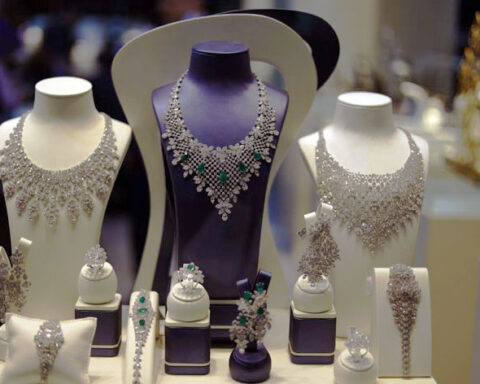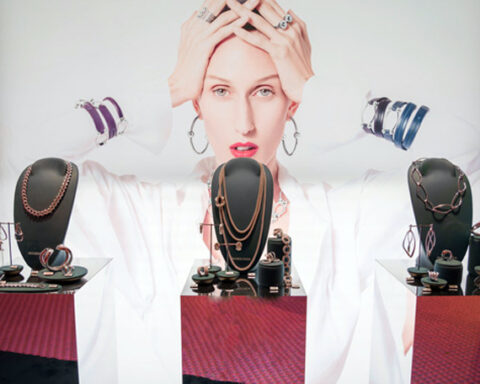How to make a new jewel? Simple: with a selfie. Or through Facebook, Instagram or Twitter. In this digital age made up of images and shared information, many British and American designers post their creations online and receive daily comments on the new collections. But only the wisest ones have turned technology into a resource, leaving consumers the ability to integrate into their design process and the creation of new lines. Result? The photograph of buyers wandering the stands of a fair looking for the right collection for their customers is a clue. Because this work may have already been done in part. From Twitter, Instagram and Facebook, which some identify as the holy trinity of free marketing. Not surprisingly, an increasing number of artisan jewelers post photos and questions to receive feedback from the online community on new or potential projects. Young designers, such as Emmanuel Tarpin, Tomasz Donocik or Daniela Villegas (to give just a few examples) use social media profitably and receive valuable feedback.
So they receive dozens, sometimes even hundreds of responses in minutes. In practice, it is an immediate survey on sales potential, a tool to define prices, stones, color variations and shapes, a way to select the offer and understand which could be more successful, even more so when you are not really unsure of the created object. And there are also those who use social media to explain how to wear bracelets and rings to overlap one another, combining shapes and colors. Of course, competition also surfs the net and perhaps a new technique or design that represents a production discontinuity or a repositioning must be kept hidden, but the basic idea is to involve the user, especially if he is already a customer. Because they will be the potential buyers of the subsequent collections. And knowing whether changes made to ongoing products will be accepted or not makes a difference. Even notifying them when the pieces are available is a way to retain them.
On the other hand, what is more effective than a tweet with a selfie of a prototype or a phrase that recalls the theme of the new production, or even ask for suggestions on the desired? Provided you have followers, of course. Some even publish photos of personal life mixed with work, to make those who follow them feel part of the company. It could be argued that this runs the risk of being excessively influenced, that listening too much to the market when it comes to creativity can stifle the inspiration that first guaranteed success. As in all things, balance is needed, but if there is, a preview can only bring positive results. But, be careful, the criticisms are just as immediate, and it is precisely for this reason that online platforms must be followed daily and managed with constancy and transparency, without censorship. After all, they are used to adjust the pull and influence tomorrow’s sales today. Monica Battistoni












